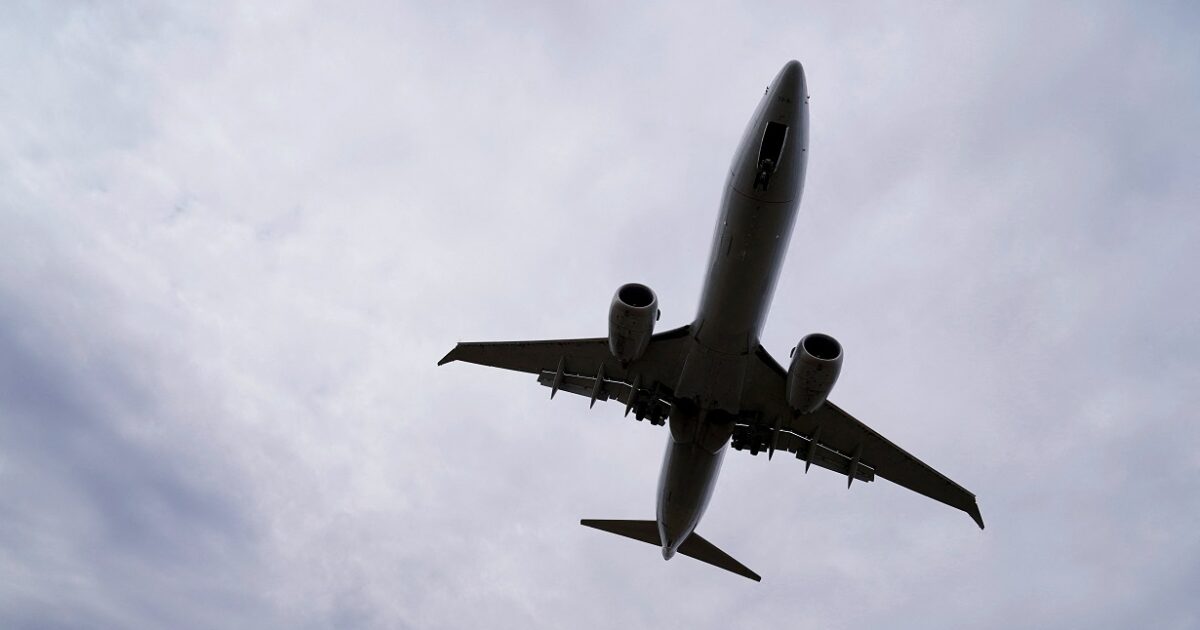Air trips may be considered the safest means of transport, but there is no classical human question: what is the safest position in airplane In the event of crash;.
And while each air accident is considered unique and attributed to different causes, statistical analyzes and previous incidents investigations give a clearer picture of which places on the plane offer more likely to survive in the event of a crash.
The question comes back to the scene after the tragic air crash in India with at least 260 dead and only one survivor, who was sitting next to the danger exit.
The back of the aircraft is statistically safer
A Popular Mechanics study showed that passengers sitting on the rear third of the aircraft were 40% more likely to survive than those sitting in the front.
Similar findings were resulted from a study by Time Magazine, which was based on data from the US Federal Aviation Service (FAA).
Seats near danger exits offer speed and access to rapid discharge
Quick discharge of the aircraft is vital in the event of an accident. Therefore, positions close to danger exits, especially those above the wings, are considered safer. The sooner a passenger can get out of the plane, the more chances of survival.
Corridor or window?
Positions in the hallway provide easier access to quick exit, which can make a difference in panic or fire conditions. On the other hand, the window positions may provide slightly more protection against blows, but lagging behind at escape speed.
What positions are considered less safe?
Although there is no absolute rule, statistically the front of the aircraft, especially the first rows, have shown lower survival rates in cases of frontal collision. This is mainly due to the fact that the nose of the plane often absorbs the greatest force during the impact.
There are also protection measures
In addition to the selection position, there are other factors that affect the chances of survival.
Some of them are as follows: The correct and steady use of the security belt, the attention to the security instructions, the knowledge of the closest risk costs and the correct posture posture during the impact
